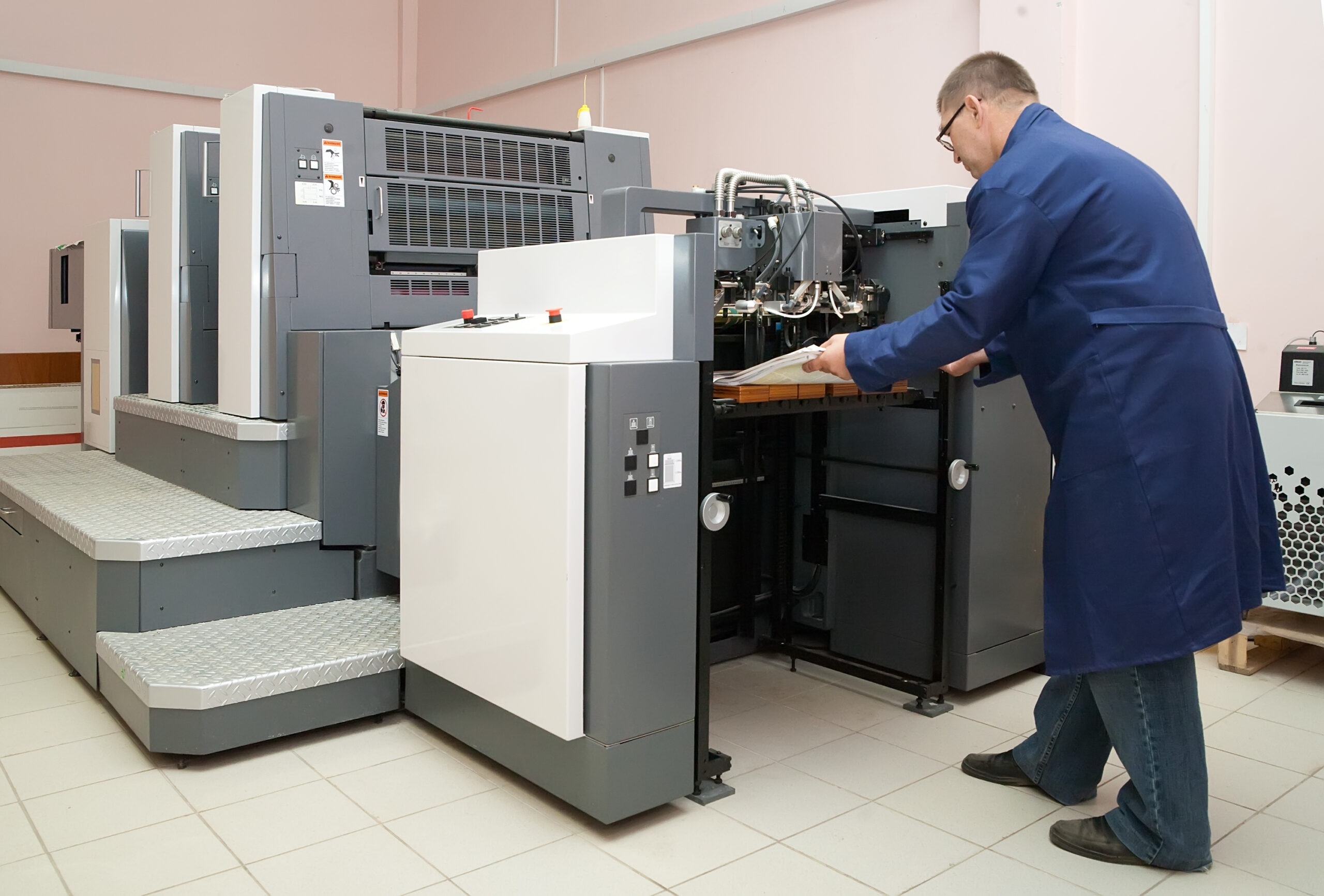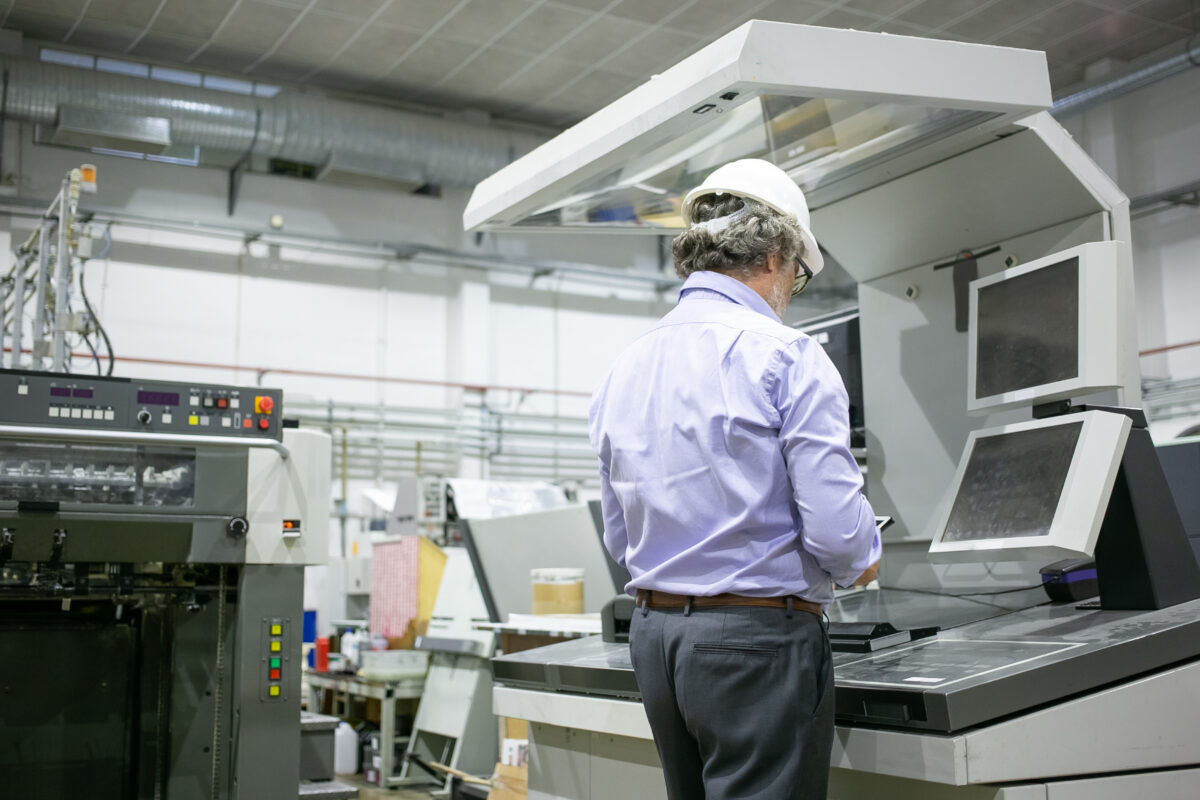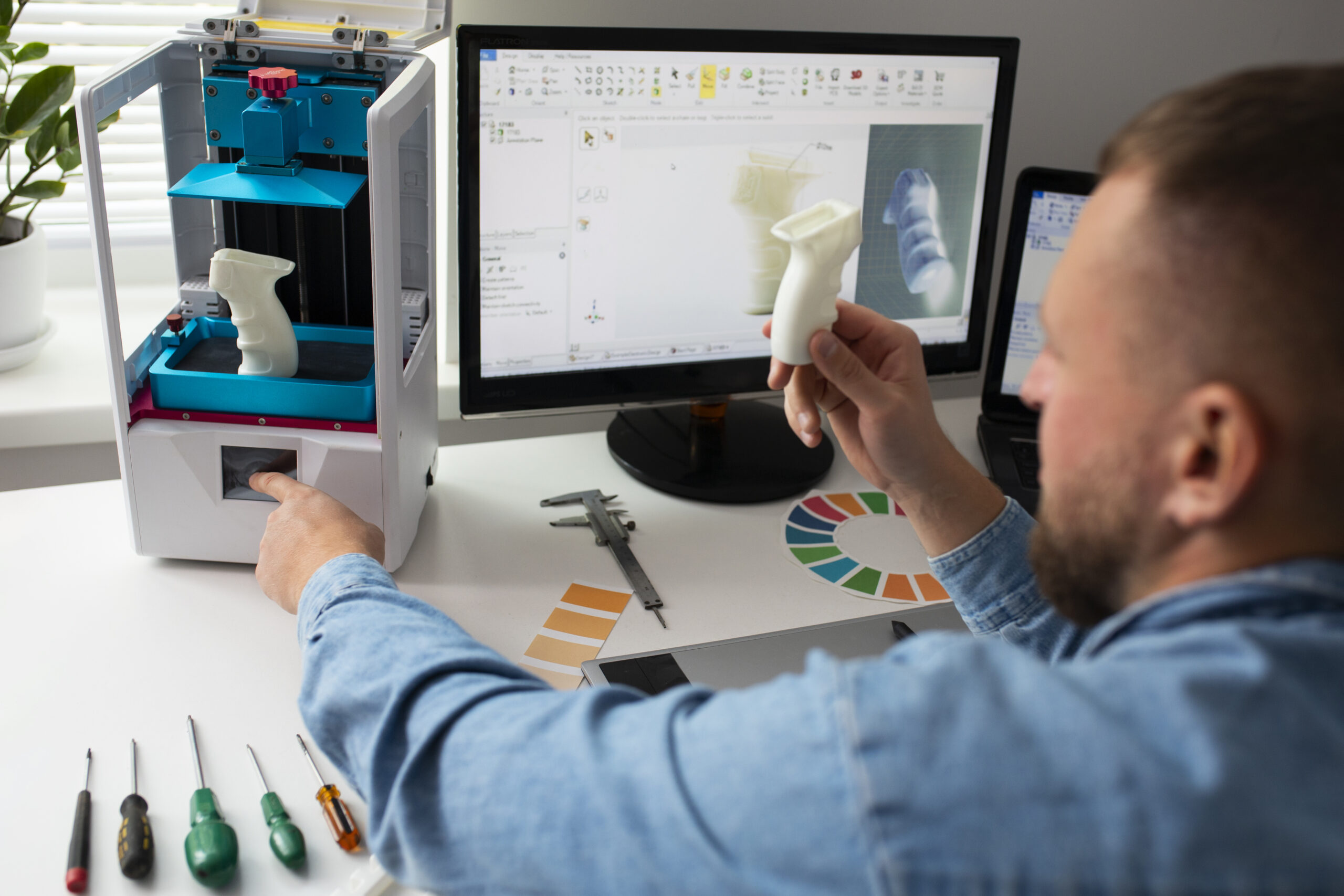Manufacturing large-format printers can present a range of challenges and potential problems at various stages of the process, from design and component sourcing to assembly and quality control.
PROMAI’s Suite addresses these challenges by highlighting potential problems through different design and engineering stages before continuing to production.
The design of large 3D printers and large-format printers presents unique challenges, including ensuring mechanical stability across large build volumes, maintaining precision and accuracy over extended print areas, and managing complex wiring, harnesses, and component layouts. These printers require intricate BOMs, complex routing of cables and bridges, and detailed documentation to avoid errors during assembly and operation.
PROMAI’s Gen resolves these challenges by automatically converting CAD designs into structured, executable manufacturing data, generating accurate BOMs, and providing clear, verifiable assembly instructions. By streamlining complex design-to-production workflows,
PROMAI’s Gen ensures high precision, reduces errors, and accelerates the time-to-market for large-scale printers.


The supply chain for 3D and large-format printer manufacturers is highly complex due to the involvement of numerous specialized parts, outsourcing of critical components, and the need for precise inventory management. Ensuring timely availability of parts while maintaining accurate stock levels and minimizing waste is a significant challenge.
PROMAI’s Suite resolves these issues by enabling dynamic scheduling of workstations, ensuring production adapts in real-time to changing demands.
The Suite reduces kit withdrawals by issuing parts only when needed, improving inventory accuracy and minimizing excess stock. Additionally, it continuously updates workstation planning to meet key performance indicators (KPIs), ensuring efficient production, optimized stock management, and seamless integration of outsourced components.
Large 3D printer and large-format printer manufacturers face significant challenges in scalability and production volume due to the complexity of assembling large, precise machines and the need to maintain consistent quality across increasing production batches. Scaling production requires optimizing workflows, managing diverse components, and ensuring minimal downtime.
PROMAI’s Suite addresses these issues by automating production planning, dynamically scheduling tasks, and providing real-time process validation to ensure consistency. The Suite also optimizes resource utilization, improves inventory accuracy, and generates verifiable, step-by-step assembly instructions, enabling manufacturers to scale efficiently while maintaining high-quality standards and meeting production volume demands.

Maintaining tight manufacturing tolerances is crucial to ensure consistent print quality.
Deviations in parts or assembly can lead to alignment problems and defects in printed output.
WizShield’s intelligent agent sets a new standard for ensuring all tolerances are met, using WizShield’s advanced patent-pending machine vision technology.
The assembly of large format printers can be intricate and time-consuming, with many components needing precise alignment and calibration. This can result in longer manufacturing times and increased labor costs.
WizShield’s visual procedural atomic instructions ensure that expected results are met on each step of construction for error- free production.
Global events, such as supply chain disruptions or shortages of key components, can impact the manufacturing process, leading to delays and increased production costs.
WizGen may update in real-time any change generated by disruptions in the supply chain, allowing for substitutional parts to be selected, tested, and integrated in production using WizGen’s automatic proactive AI instruction generator.
Maintenance and fault isolation are critical aspects of aviation to ensure the safe and reliable operation of aircraft.
Maintenance involves the routine inspection, servicing, repair, and replacement of components to keep the aircraft in airworthy condition. Fault isolation, on the other hand, is the process of identifying and troubleshooting issues or faults in the aircraft’s systems or components.
Once the fault is isolated, technicians use their expertise and technical manuals to diagnose the specific problem and develop a repair plan.
This may involve replacing faulty components, adjusting settings, repairing wiring or connections, or recalibrating systems.
Technicians follow manufacturer guidelines and industry best practices to ensure accurate and effective repairs.
WizShield using the data created by WizGen assists in timely troubleshooting of any problem raises.

Inspection and testing for large 3D printer and large-format printer manufacturing are challenging due to the complexity of the machines, the precision required in their operation, and the need to validate numerous components, from mechanical assemblies to electronic systems. Ensuring consistent quality across large production volumes demands rigorous, time-intensive testing processes.
PROMAI’s Suite addresses these challenges by embedding automated inspection checkpoints and real-time validation throughout the production process. The Suite provides dynamic, step-by-step testing procedures and measurable criteria for each stage, ensuring accurate defect detection and traceability. This streamlined approach reduces manual effort, improves testing accuracy, and ensures that every unit meets stringent quality standards.
Large 3D printer and large-format printer manufacturers face significant challenges in maintaining up-to-date compliance documentation due to frequent design changes, complex assembly processes, and stringent industry regulations. Ensuring that all documentation—such as assembly instructions, testing protocols, and safety certifications—remains current and compliant across multiple production lines can be labor-intensive and prone to errors.
PROMAI’s Suite addresses these issues by automatically generating and updating compliance documents in real time, ensuring that every design change is reflected in the latest documentation. With integrated traceability and validation features, the Suite simplifies audits, reduces manual effort, and ensures continuous regulatory compliance throughout the manufacturing process.


visibility_offDisable flashes
titleMark headings
settingsBackground Color
zoom_outZoom out
zoom_inZoom in
remove_circle_outlineDecrease font
add_circle_outlineIncrease font
spellcheckReadable font
brightness_highBright contrast
brightness_lowDark contrast
format_underlinedUnderline links
font_downloadMark links